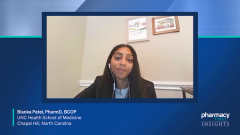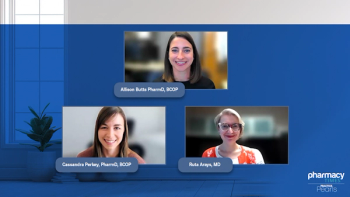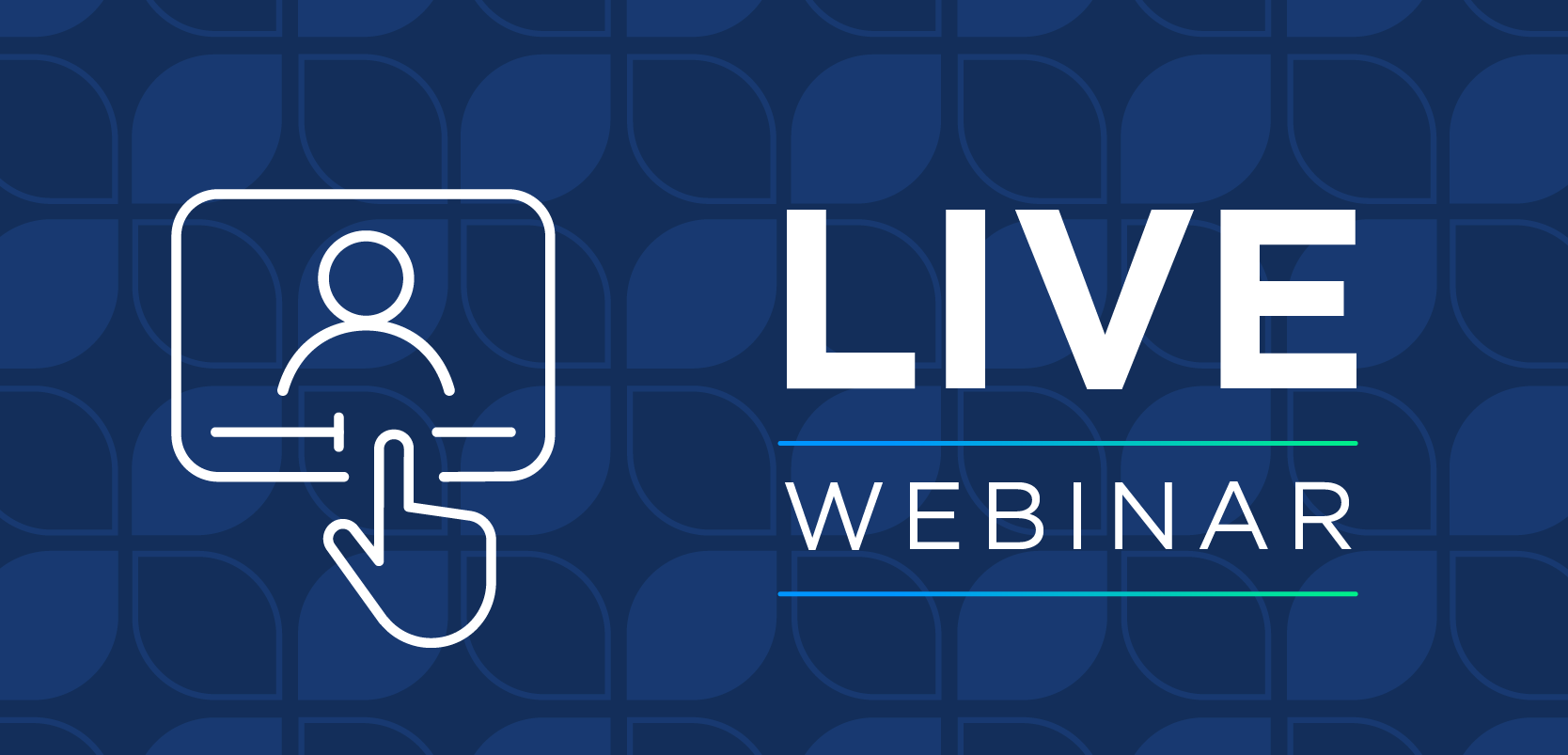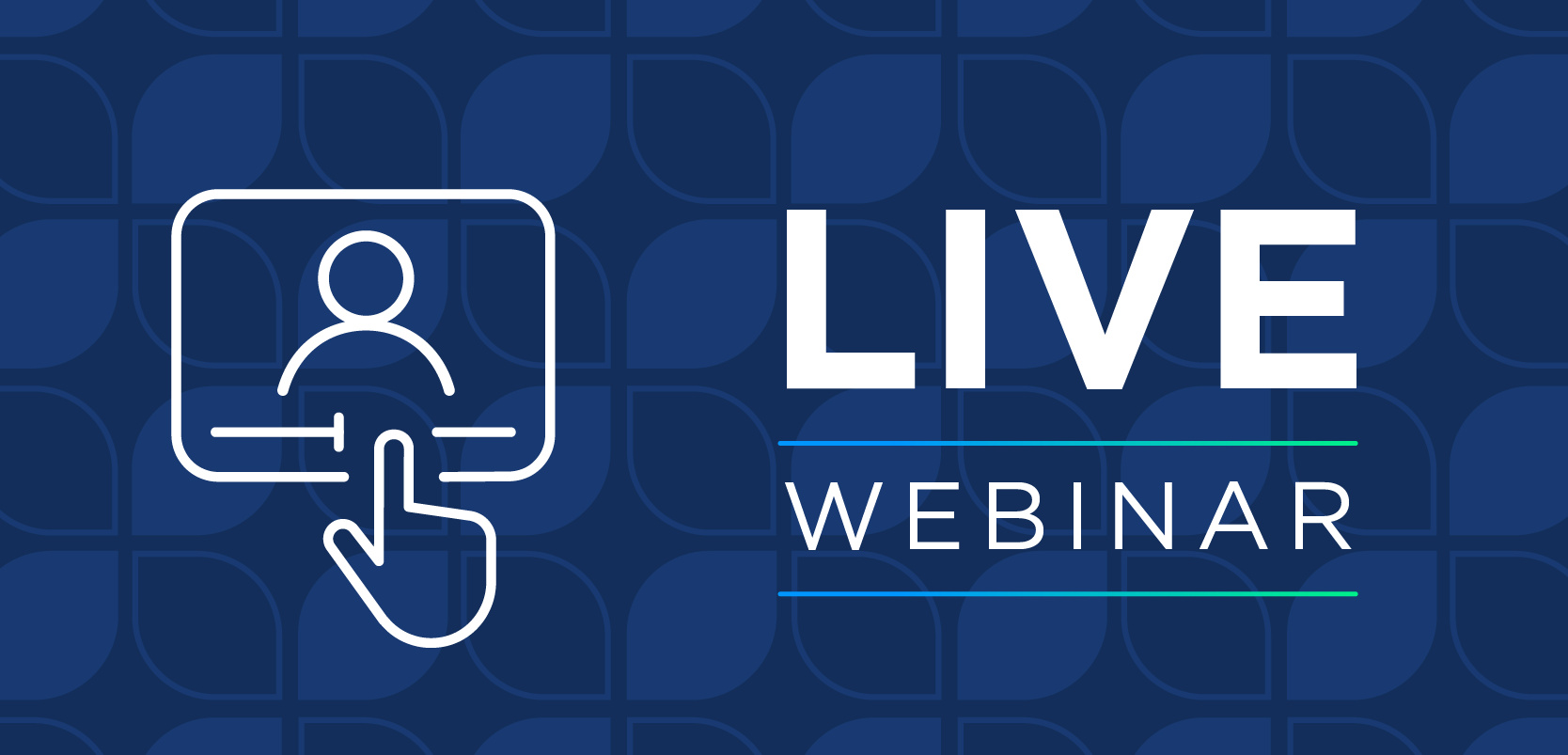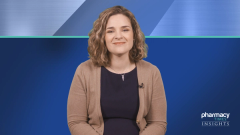
Gaps in CML Treatment in Underserved Populations
A panelist discusses how social determinants of health including low health literacy, economic instability, housing and transportation issues create significant barriers to tyrosine kinase inhibitor adherence and patient engagement in underserved chronic myeloid leukemia populations, leading to higher cancer-related mortality rates, while pharmacists can help bridge these gaps through tailored education, advocacy for assistance programs, and innovative care delivery methods like virtual visits.
Episodes in this series

Gaps in CML Treatment in Underserved Populations
Social determinants of health significantly impact tyrosine kinase inhibitor (TKI) adherence and patient engagement in chronic myeloid leukemia (CML) care. Key factors including health literacy, economic stability, housing security, transportation access, and distance to health care facilities all influence patients' ability to access care and maintain treatment adherence. Patients with low health literacy face particular challenges navigating complex medication access processes, including managing costs, co-pays, insurance limitations, paperwork requirements, and specialty pharmacy coordination. These same patients often experience compliance difficulties due to fear of therapy-related costs, creating a cycle where those most in need of support are least equipped to advocate for themselves.
Economic instability creates multiple barriers to consistent CML care, from inability to pay visit co-pays and drug costs to lacking reliable housing for medication deliveries and transportation to appointments. The chronic nature of CML requiring lifelong TKI therapy compounds these challenges through long-term financial toxicity. Patients may not fully understand the critical importance of their therapy or may be reluctant to discuss financial struggles with their health care team, fearing judgment or potential treatment discontinuation. This combination of cost concerns and low health literacy commonly leads to decreased patient engagement and suboptimal treatment outcomes.
Notable gaps exist in oncology care for underserved populations, with data supporting higher cancer-related mortality rates among patients facing socioeconomic inequalities. Underserved CML patients represent a high-risk population with increased barriers to care, and those unable to consistently take TKIs face elevated risks of disease progression to accelerated phase or blast crisis. Pharmacists can address these gaps by identifying at-risk patients early and providing tailored education focused on adherence importance, specialty pharmacy navigation, and resource awareness. Through advocacy efforts including connecting patients with grants, co-pay assistance programs, and social work support, plus innovative approaches like adherence monitoring calls and virtual visits for transportation-challenged patients, pharmacists can serve as crucial touchpoints providing high-level care to underserved populations.
Newsletter
Stay informed on drug updates, treatment guidelines, and pharmacy practice trends—subscribe to Pharmacy Times for weekly clinical insights.

